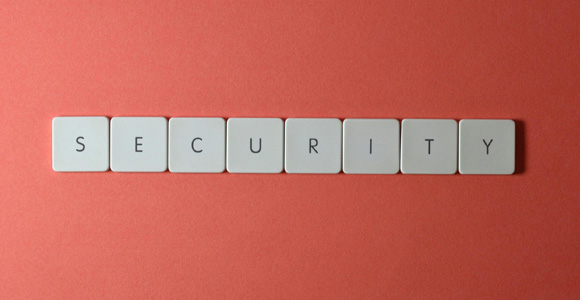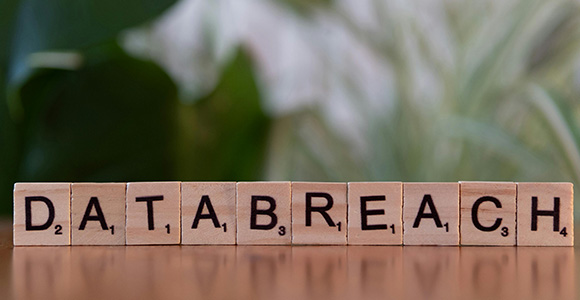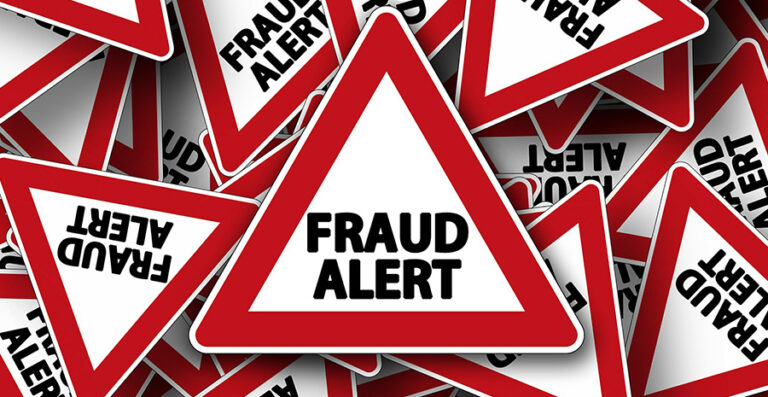At Condor Capital Wealth Management, we are committed to safeguarding your financial well-being in today’s rapidly evolving digital landscape. We understand the importance of security and strive to provide you with the resources and guidance necessary to protect your accounts and sensitive information. Please review the following essential steps designed to help you maintain the highest level of security for your finances.
The Critical Role of Strong Passwords
Your password is often the first and most important line of defense against unauthorized access to your accounts. Weak or easily guessed passwords are a common entry point for cybercriminals.
- Make Your Password Complex: Use a combination of uppercase and lowercase letters, numbers, and symbols. Avoid common words or phrases.
- Length Matters: Aim for at least 12 characters. Longer passwords are harder to crack.
- Avoid Reusing Passwords: Use a unique password for each account. If one account is compromised, others remain safe.
- Consider a Password Manager: These tools help you generate and store strong, unique passwords for all your accounts.
- Password managers like SafeInCloud, Bitwarden, and ProtonPass offer advanced features and easy-to-use interfaces.
- Change Passwords When Needed: If you see suspicious login activity or receive two-factor requests you didn’t initiate, consider changing your passwords.
Why Two-Factor Authentication (2FA) is a Must
Even the strongest password can be compromised. Two-factor authentication (2FA) adds an extra layer of security by requiring a second form of verification—something you know (your password) plus something you have (like a code sent to your phone).
- How 2FA Works: After entering your password, you’ll be prompted for a second code, often sent via text, email, or generated by an authenticator app.
- App-Based Authentication: Using an authenticator app (like Google Authenticator or Microsoft Authenticator) is more secure than text messages, which can be intercepted.
- Protection Against Phishing: 2FA makes it much harder for hackers to access your accounts, even if they have your password.
- Enable 2FA Everywhere: Turn on 2FA for all financial accounts, email, and other sensitive services.
The Risks of Sending and Receiving Checks and Financial Statements by Mail
While traditional mail has its uses, it is not always the safest method for transmitting sensitive financial information.
- Check Fraud on the Rise: Criminals are increasingly targeting mail to steal checks and financial documents, often altering checks or using stolen information to commit fraud.
- Best Practices if You Must Use Mail:
- Avoid Mailboxes: If you must mail a check or sensitive document, take it directly to the post office and use a security envelope.
- Consider Certified Mail: For added security, use certified mail, which requires a signature upon delivery.
- Track Your Mail: Use tracking services to monitor the delivery status of important documents.
- Collect Mail Promptly: Don’t leave mail sitting in your mailbox for long periods.
- Digital Alternatives: Whenever possible, opt for digital statements and electronic payments. These methods are generally more secure, convenient, and environmentally friendly.
Key Takeaways
- Use strong, unique passwords and use a password manager.
- Enable two-factor authentication on all your accounts.
- Avoid sending checks and financial statements by mail whenever possible. Choose secure digital and electronic options instead.
By following these practices, you can significantly reduce your risk of financial fraud and keep your personal information safe.



